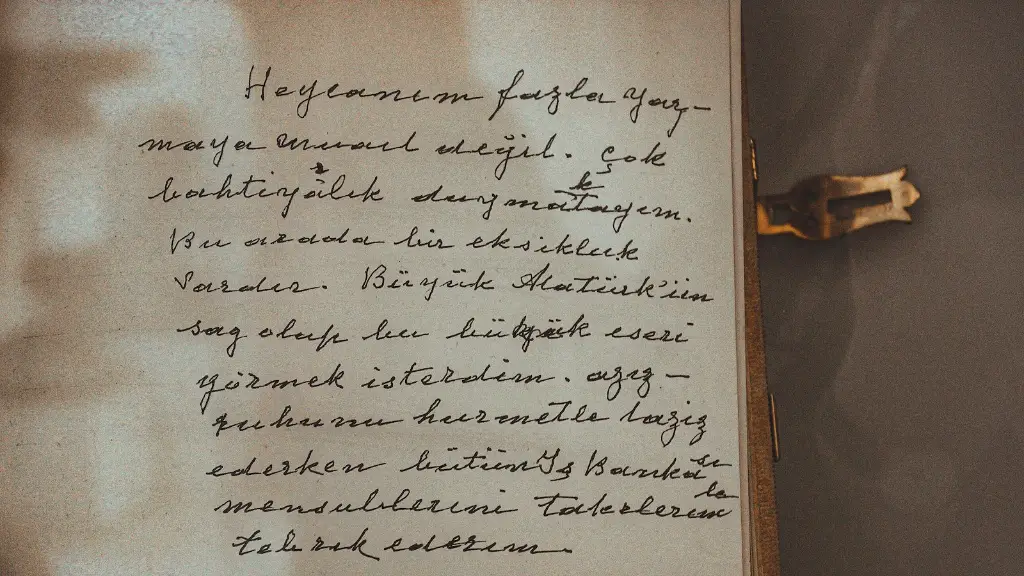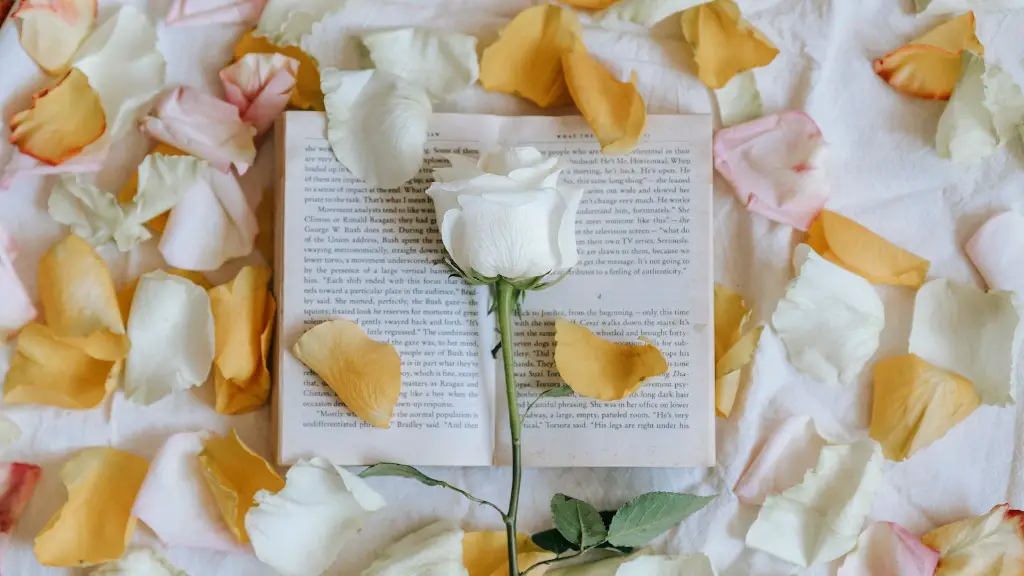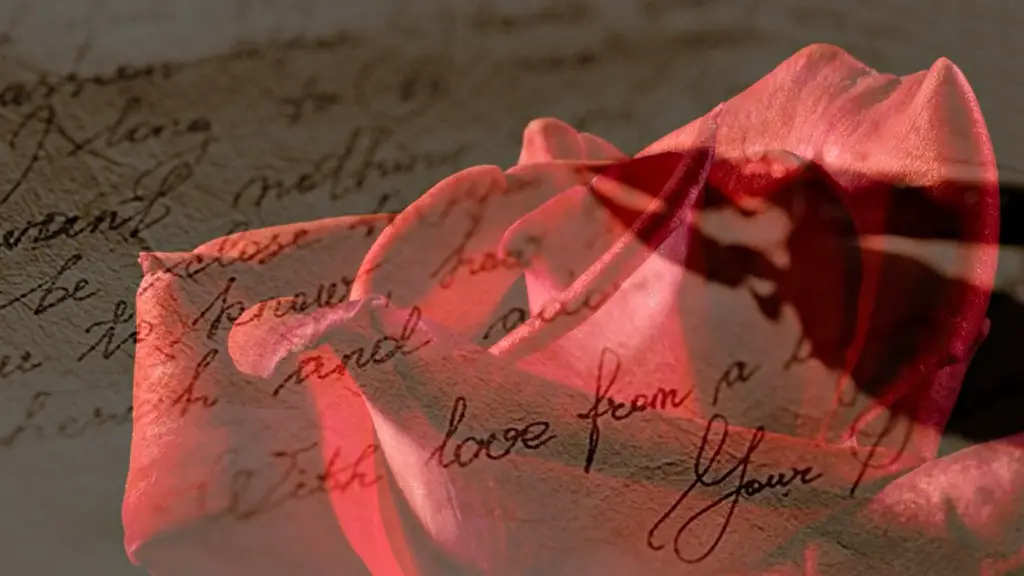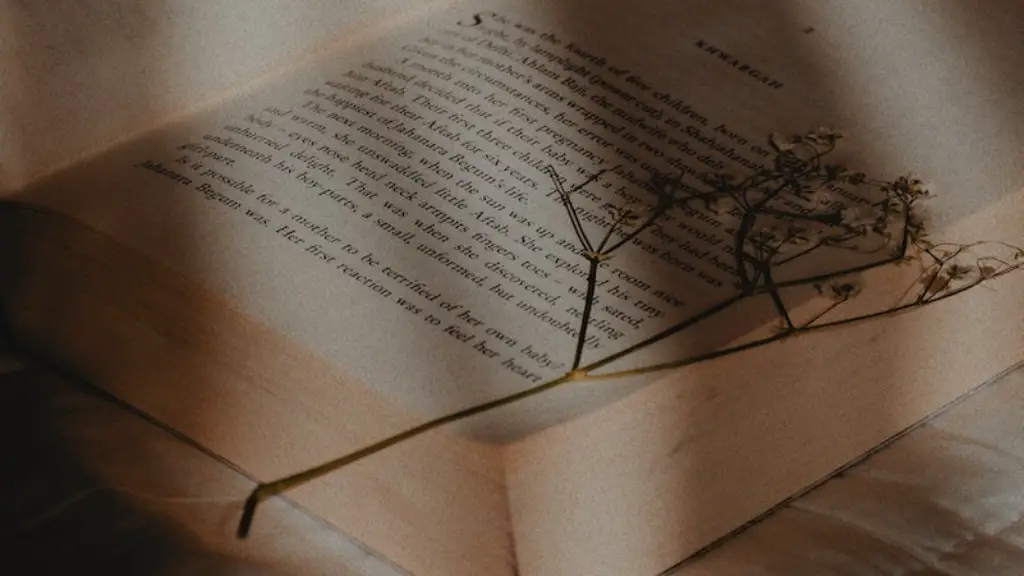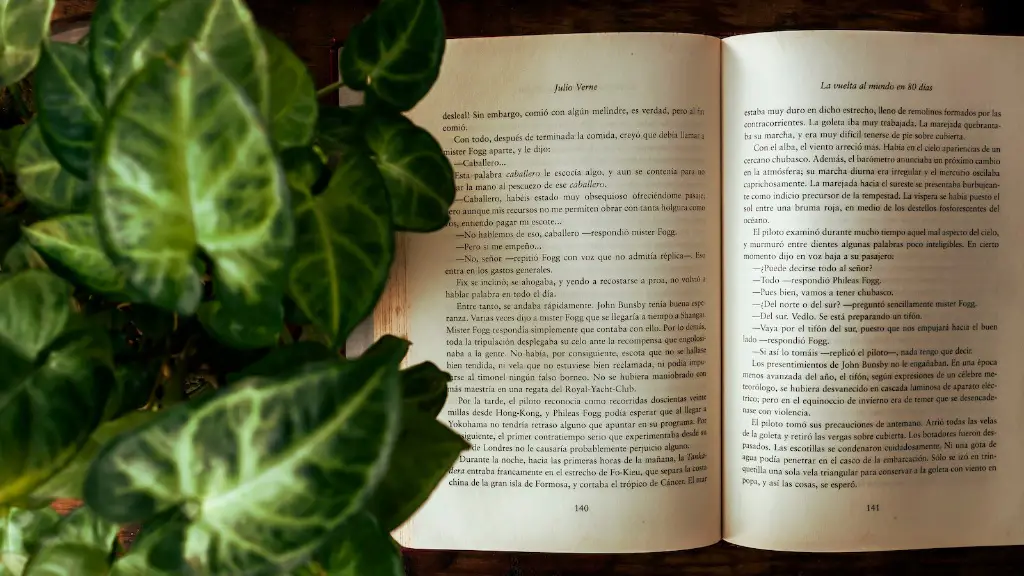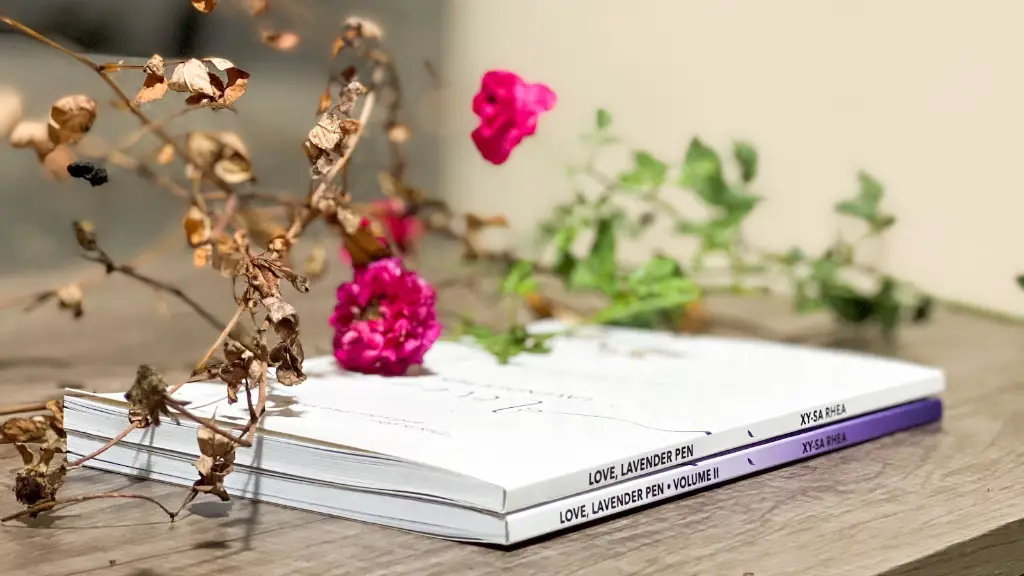Do books of poetry mean something to you? Perhaps they evoke a deep emotional response, or they bind you to the moments of your life in a way no other written genre can. They may take you away to a world of complete serenity, or unleash a tempest of feelings. No matter what impact they have on you, there is something truly special about reading and interpreting poetry books. To read poetry, there are a few tips to follow in order to get the most out of the experience.
The first and most important tip is to read the poem out loud. Poems can sound much different when read aloud and hearing the sound of the words can give the experience a unique depth. Especially in the case of certain rhythms and images, it might be easier for the reader to comprehend the poem if it is read aloud. Hearing how syllables and words sound together can also fill in some of the gaps the reader may have had trying to connect the poem in their head.
Next, read the poem and try to provide your own interpretation. Guessing the intentions of the author and attempting to put the poem into perspective is not only a challenge but can also be quite a rewarding experience. Readers can also use their own emotions as a barometer when trying to analyse the poem; this is especially useful when trying to decide what the poem is about.
Another tip for reading poetry books is to pay attention to the structure of the poem. Many poems bring out their key insights through specific structural devices. It’s important to note the use of rhyme, stanzas, or any other form or symmetry used by the poet. Also, strive to understand how line length, rhythm, and meter contribute to the flow and message of the poem.
One other tip is to research the poem as much as you can. Getting a better understanding of the poem’s context, the poet, and their life and socio-cultural environment at the time can bring out a whole new layer to your interpretation. Occasionally, poets might also have written further thoughts on the poem in the form of supplementary material or interviews.
Finally, go back and read the poem slowly. Rushing through a poem can easily blur its key points, and so it’s important to take the time to discern finer details. Reading a poem slowly can also reveal the subtleties of the poet’s intentions, such as the presence of figurative language, connotations, and hidden references.
Studying Poetry Scholars
To read poetry authentically, one must study the opinions of poetic scholars. This is not to say that readers must accept wholesale the musings of these learned individuals, but rather to gain an understanding of how to approach poetry with insight and academics. By building a thorough knowledge of different scholarly theories on the art of poetry, readers will find themselves building a better and fuller understanding of the notes within various volumes.
Conducting a thorough review of poetry scholars can take one to a higher level. For example, researching the works of Plato can help readers comprehend a more philosophical approach towards understanding poetry. On the other hand, Aristotle’s views on poetry as a form of persuasion can help readers build a better argument and support their interpretations of the poem.
In addition, examining the theories of Immanuel Kant, who believed in a concept of pure beauty and poetic deliberation, can help readers decide what makes a great poem. Or, one can research the works of contemporary poets who have more modern views on poetry; this can also help build a better appreciation for the art form.
Although reading and understanding the opinions of poetry scholars can open up readers to further interpretations and understandings, readers must keep in mind not to oversubscribe to any one theory. By being open-minded, readers can ultimately discover their own responses and interpretations.
Discerning Meaning With Imagery
Another important tip for reading poetry is to decode the imagery. Often, poems contain a strong visual element, depicting specific symbols and objects that may invoke emotions or ideas. Images and symbols often carry a deeper meaning than just what is visible, and a reader’s task is to discern that underlying message. To do this, readers must pay close attention to the descriptions and use their imagination to visualise the setting.
In some cases, the poet might use a metaphor or simile to evoke a particular emotion or thought. This can be easier to interpret since a comparison is implied. Alternatively, some authors like to use symbols, objects, and animals to represent ideas, feelings, and concepts, leaving it to the reader to discover the symbolism in the poem.
In essence, readers must use their imagination to see beyond what is literally written in the text. By trying to decipher the meaning of each image, readers can begin uncovering the poem’s intentions and deepen their overall understanding of the poem.
Developing an Attitude to Reading
Finally, it is important for readers to understand that the best way to learn to read poetry is to just dive into it. After having read various poetic works, readers will quickly find their own individual reading preferences and start having comfortable conversations with the poems.
At the same time, readers must be willing to step outside their own comfort zone. It is important not just to read the poems that they enjoy and understand, but to actively seek out poems that challenge them. By reading diverse works, readers can build a better appreciation for styles they would have otherwise not chosen to read.
It is also important to read in an engaged manner. With a bit of practice, it is possible to start seeing the poem as a kind of puzzle and actively approach the solving of it. The task to analyse the poem in its full extent, be it in terms of themes, structure, rhythm or imagery, is just waiting to be taken up.
Locating Poetry Resources
Fortunately, it is now easier than ever to find and read poetry. With the advent of the internet, poetry collections are a simple click away. Various websites provide access to thousands of poems, with new works being added on a daily basis. Some sites even have specialised collections, making it easier than ever to find something that speaks to one’s personal taste.
In addition, many libraries also have large collections of poetry books. Sifting through their shelves is a great way to discover new and exciting works, plus there is the familiar scent that comes with reading something tangible. Plus readers are more likely to find rare gems and unique collections in physical libraries.
For readers looking for a more hands-on approach, there are also various open-mic events around the world. People who attend these events will be able to hear poets performing their works and expressing their thoughts and opinions in an intimate setting. This can often provide readers with unique insights into the poems and further fuel their curiosity when reading poetry.
Finding Poetic Inspiration From Current Affairs
The problems and nuances of the current political, economic and social climate offer poets massive amounts of inspiration, thus providing readers with the opportunity to view the poems with much greater understanding. Current affairs often become the topics of many poems, and this helps readers better understand the poet’s intentions and the poem’s wider meaning.
For example, today’s verses now pay homage to the efforts of those involved in social movements and protests, as well as those who are out there fighting against racism and inequality. Keeping up-to-date with the news provides invaluable background information for readers, allowing them to gain a better grasp of the poem’s message.
Additionally, by studying current affairs, readers can locate topics which can provide them with answers to questions about the world, particularly for younger generations and those looking for guidance in their own lives. Many of the most celebrated poems over the years have been ones that have inspired readers to confront their own struggles and find imaginative solutions to life’s biggest issues.
Interpreting Poetry Through Literature
It is also important to consider the poem’s relationship to the author’s other works. Oftentimes, readers will only look at the poem in question, but the author’s other poetry and works of literature can be just as critical in terms of fully understanding the poem. Through different pieces of literature, readers can learn more about the poet’s life and form better relationships between that life and the poems.
Furthermore, comparison and analysis of different pieces of literature can also help readers uncover further ideas and stories around the poem. For example, by interpreting a poem in context to a story, readers can pick up variations in tone and structure and thus gain a much fuller understanding of the poem.
Reading multiple works from the same author is an act of literary exploration. It opens up readers to the possibility of discovering a personal relationship or connection to the author. In the end, readers will be able to gain profound understanding of the poet’s life and what it was that led them to write down the particular poem.
